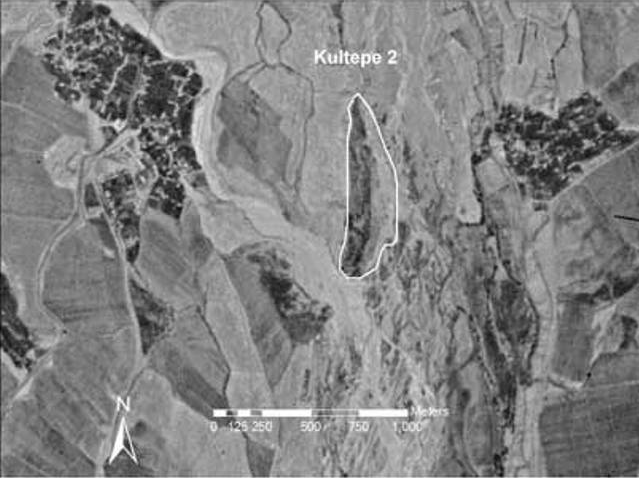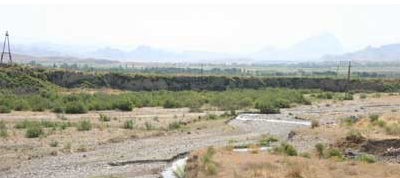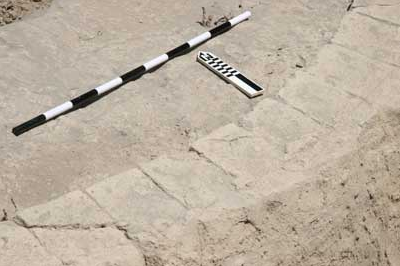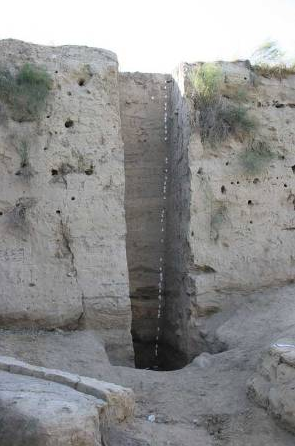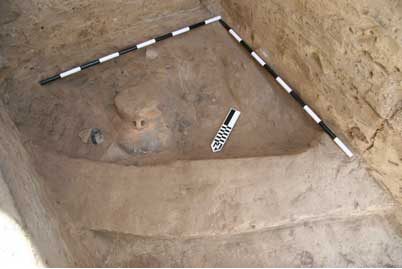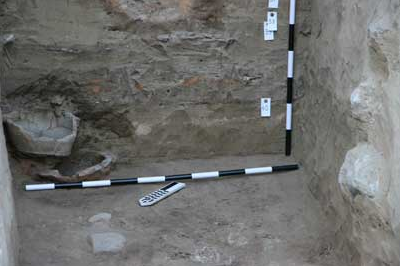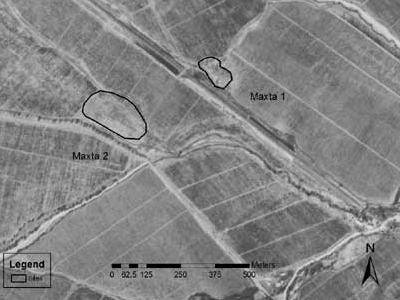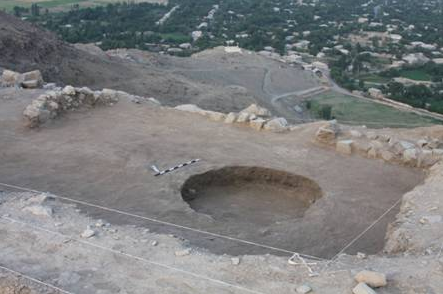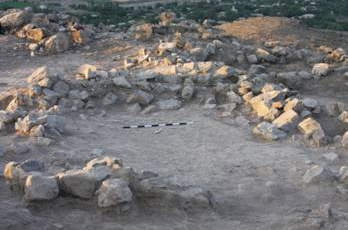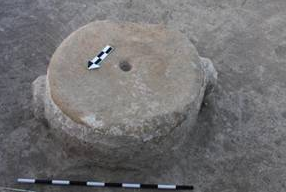Kültepe 2 is a tell located approximately 10 km north of Naxçivan city, on the west bank of the Naxçivan river between the modern villages of Didivar and Kültepe (Figure 1). The modern tell is nearly 10 ha in extent and was occupied during the Early and Middle Bronze Age (EBA and MBA) (Figure 2). Survey and excavation suggest that the MBA occupation extended over nearly the entire area of the tell, while the EBA/Kura-Araxes town may have been almost 5 hectares, making this one of the largest sites in Naxçivan during both the second and third millennia BC.
The first soundings at Kültepe 2 were made in 1962 by Osman Abibullaev as part of the work done at the nearby Eneolithic and Early Bronze Age site, Kültepe 1. From 1968 until 1986, Veli Aliyev excavated both second and third millennium levels of this site. He uncovered a stone fortification wall and official early second millennium buildings, leading him to propose that Naxçivan was already the site of an archaic state during this period. Aliyev and his team also uncovered a series of domestic neighborhoods, consisting of circular Kura-Araxes houses, made of pisé and mudbrick in an approximately 500m2 excavation which probably spanned nearly the entire millennium of this period (Figure 3).
In 2006, the Naxçivan Archaeological Project revisited the site of Kültepe 2 during our first season of regional survey. In order to retrieve a series of radiocarbon dates, we spent 10 days excavating a 2X2m sounding of the section adjacent to the earlier Kura-Araxes excavation. The sounding was 7m deep. We began this sounding at the final MBA level left from the 1970s excavation and finished when we hit sterile soil (Figure 4).
We identified 52 occupation levels, generally consisting of floors, hearths and fire-pits and little built architecture, although two levels included rounded pisé walls (Figure 5). As part of our sampling strategy, we floated 10-12 liters from each floor, ashy layer, hearth or fire-pit and thus have a long sequence palaeobotanical samples to explore changing agricultural strategies during the Kura-Araxes period (Figure 6). Currently, we are working on synchronizing our deep sounding with the earlier excavation.
